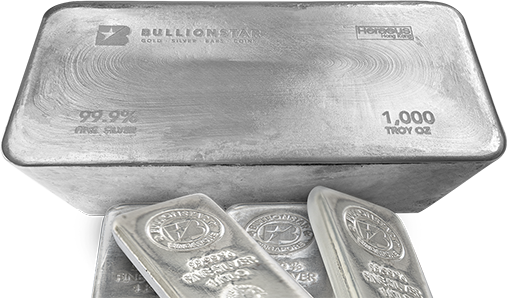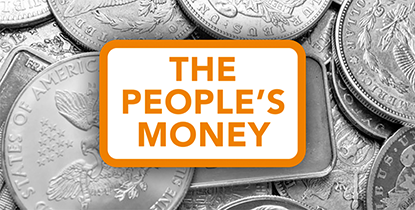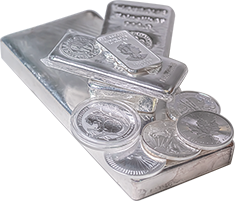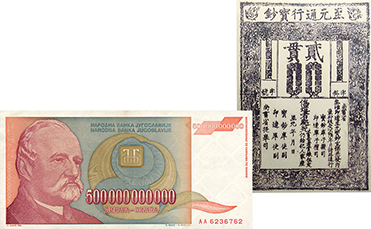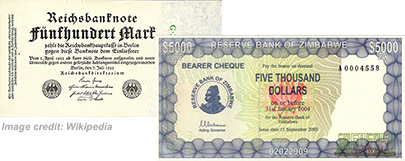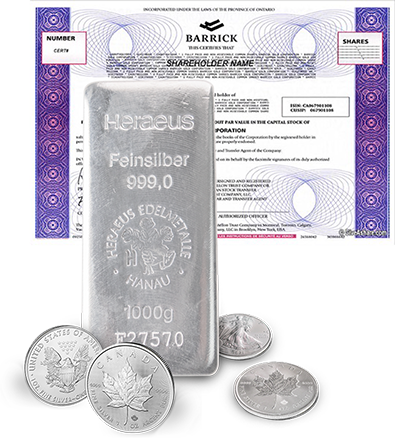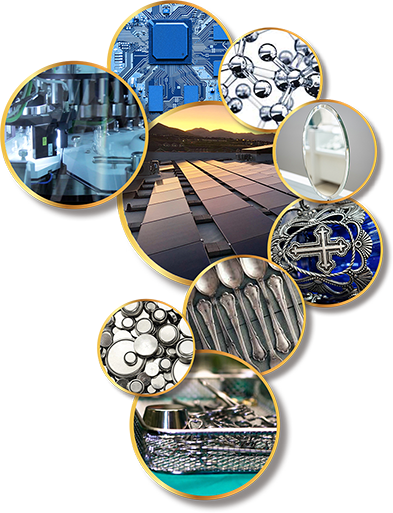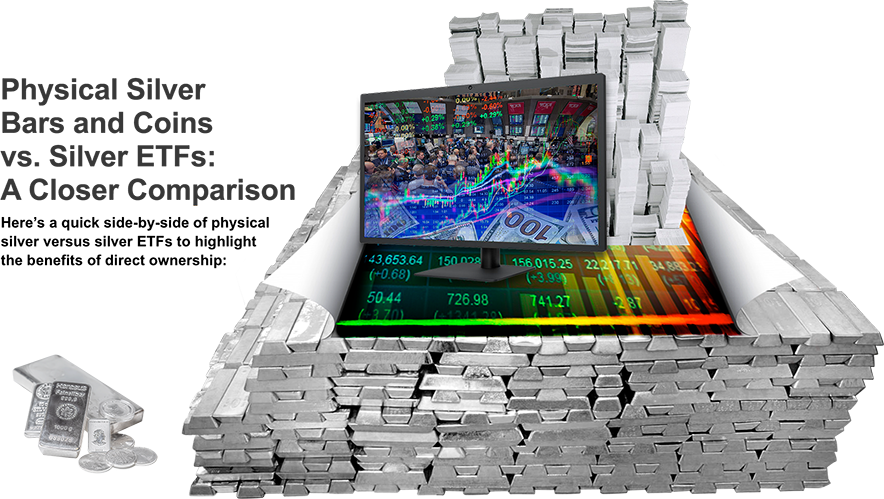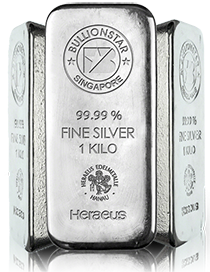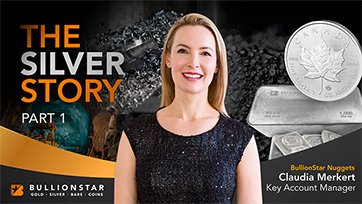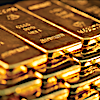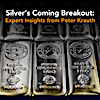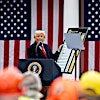Silver has served as currency for thousands of years, and many of today’s names for money actually stem from silver. For example, the word “dollar” originated from the silver coin “Joachimsthaler,” while the British “pound sterling” referred to a pound of silver, equal to 240 silver ‘sterling’ pennies. Silver’s monetary history in places like the United States is enshrined in laws such as the US Constitution, which originally mandated silver coins as legal tender.
Why was silver so widely accepted as money? Silver coins are durable, scarce, portable, and fungible, making them ideal for trade and as a unit of account. As a precious metal, silver retains intrinsic value over time and is a hedge against inflation, making it a compelling choice for long-term wealth preservation.


